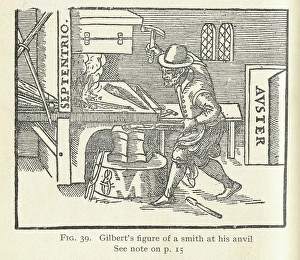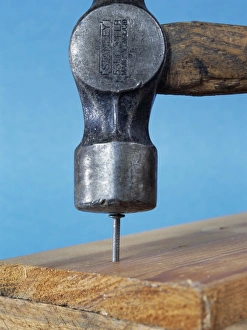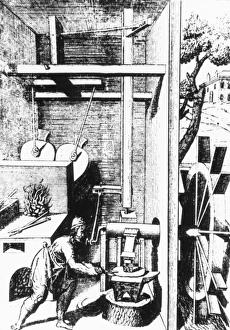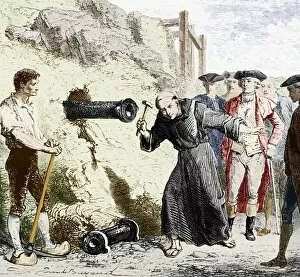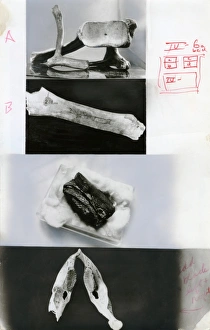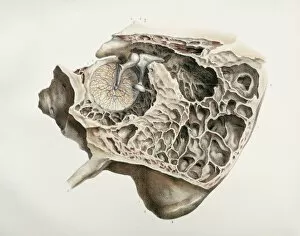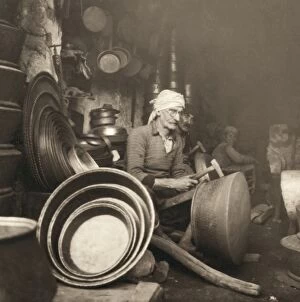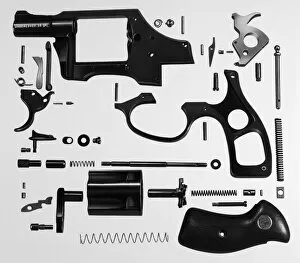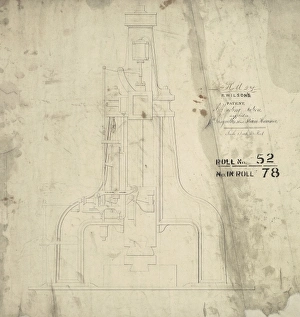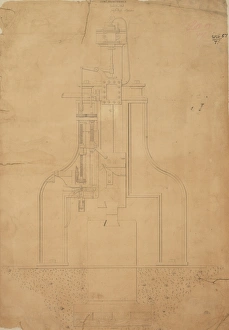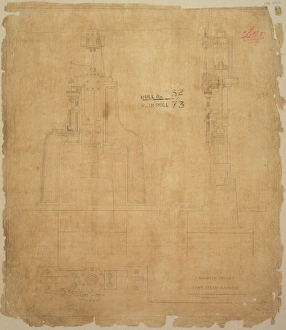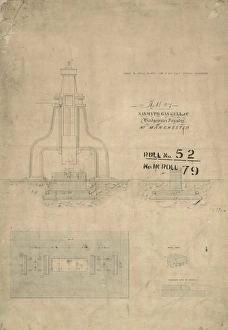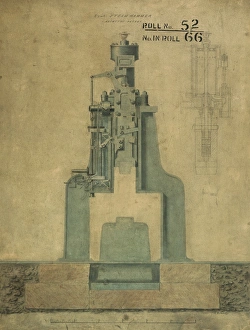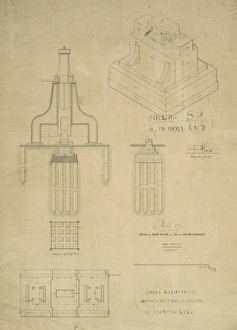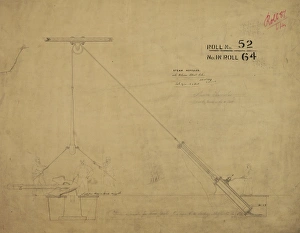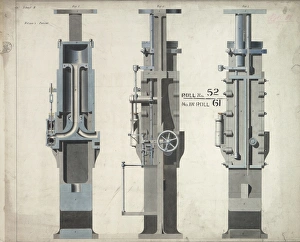Hammer Collection (page 40)
"Hammering Through Time: From Carpentry to Communism and Beyond" Step into the world of craftsmanship as we explore the versatile tool known as the hammer
All Professionally Made to Order for Quick Shipping
"Hammering Through Time: From Carpentry to Communism and Beyond" Step into the world of craftsmanship as we explore the versatile tool known as the hammer. Used in carpentry and joinery, this timeless instrument has shaped countless creations throughout history. In dry stone walling they can essential for meticulously placing each stone, ensuring stability and durability. Just like a well-built wall, the legacy of hammers endures through time. Travel back to 1967 in the Soviet Union with a powerful reminder of Lenin's influence. A communist poster by Viktor Ivanov boldly declares, "Lenin lived, Lenin lives, Lenin will live forever. " The resounding impact of these words echoes like a hammer striking an anvil. Witness coopers at work as they skillfully craft wooden barrels using their trusty hammers. Each strike resonates with precision and expertise - a symphony of woodworking mastery. Transport yourself to 1875 where blacksmiths wielded their tools with strength and finesse. Hammers were their faithful companions in shaping metal into functional works of art that stood the test of time. Marvel at One Million Years B. C. , where one quad artwork captures prehistoric times when primitive hammers were used by our ancestors to shape their surroundings - a testament to human ingenuity since ancient times. Discover Bismarck as Blacksmith - an intriguing portrayal showcasing how even great political figures can be linked to this humble tool. Like Bismarck forging alliances, hammers forge connections between people across generations. Journey to Polkanuggo Quarry in Cornwall during 1903-1904; witness workers tirelessly wielding hammers against unforgiving rocks. Their determination is palpable as they chip away piece by piece towards progress. Uncover historical gems from Norton's survey conducted by W and J Fairbank in 1804. Amongst various tools documented lies the ever-present hammer - a symbol of industriousness and innovation.


